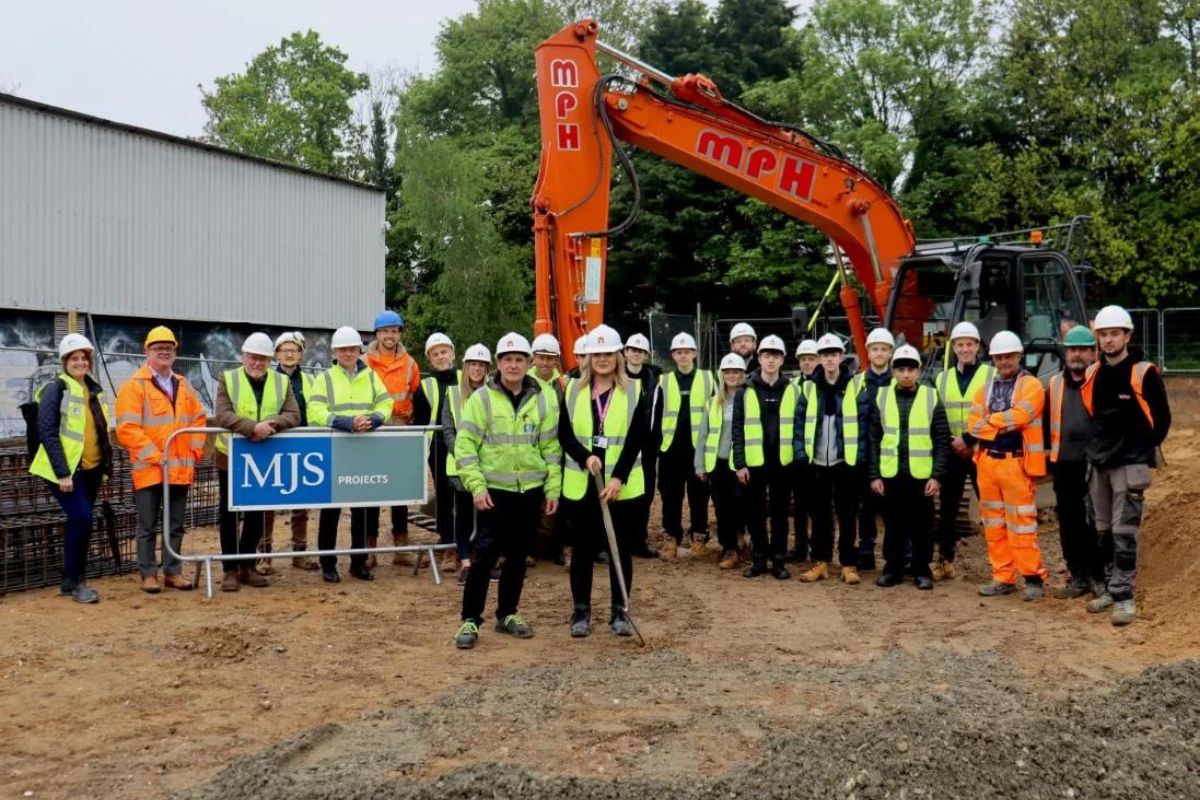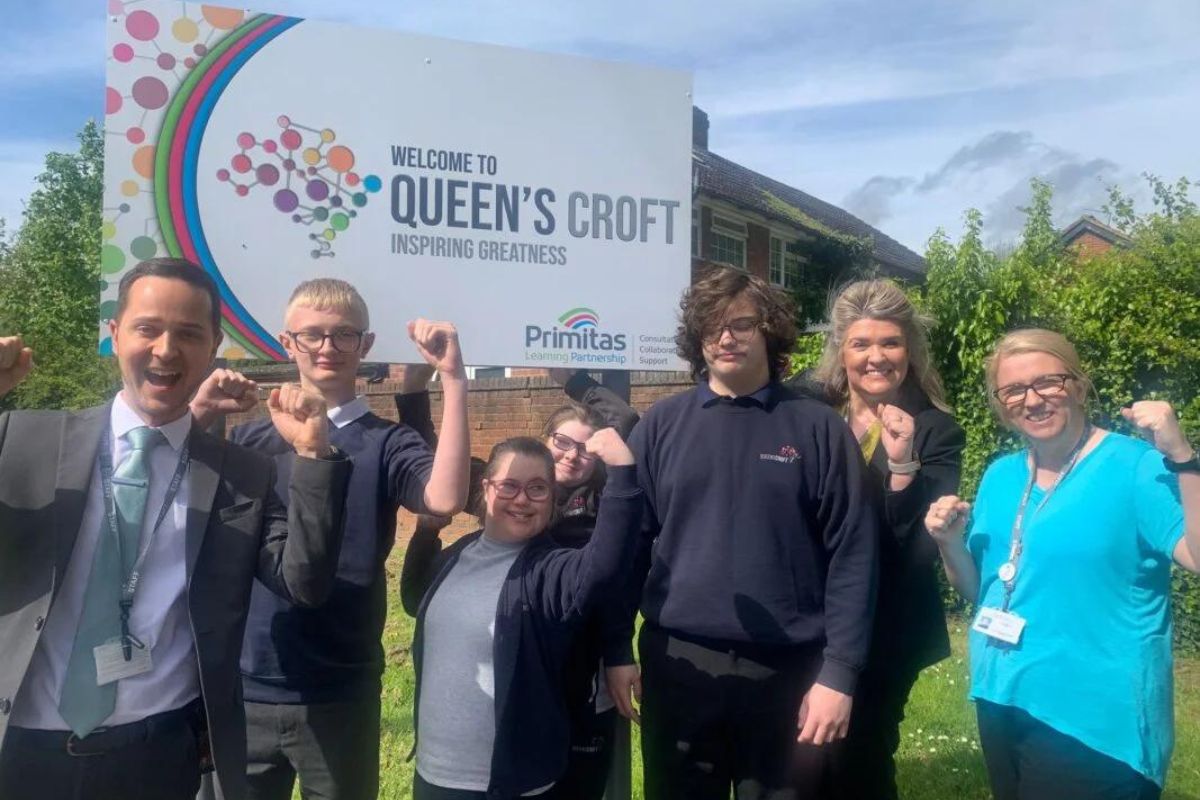Sense, Sensibility and Accountability in Apprenticeships

Responding to the need for change in apprenticeship delivery
This is the first in a series of two articles about apprenticeships written exclusively for FE News. This first article is by Cerian Ayres – National Head of Technical Education for the Education and Training Foundation.
Cerian Ayres examines the recommendations from three key reports on apprenticeships, alongside the UK government’s new accountability framework for apprenticeships. Recognising the widespread feeling among those delivering, and supporting the delivery of, apprenticeships that change is needed to meet recent recommendations, Cerian signposts to the support available to the sector.
Those of us involved in delivering and supporting the delivery of apprenticeships appreciate the strengths of the apprenticeship model for work-based education and training, for lifelong learning, for social mobility and for driving the UK’s economic and industrial growth. We’ve seen it working, and we know it makes sense. But many of us have a feeling that it could be better, and that’s the view of several significant reports that we’ll consider in this article. We understand the sense of apprenticeships – but what about the sensibilities?
Sensibility is, according to the Oxford English Dictionary, the ‘ability to feel and respond to something’ and that’s what we need to do, as a sector, if we’re going to drive the improvement that we need to see in apprenticeship delivery. This isn’t just about improving apprenticeships either; it’s about realising the potential of every existing and future apprentice and making the most of a societal shift in focus from academic to technical education.
But how?
Many of the answers are provided in three key reports, and the UK government’s new accountability framework for apprenticeships.
Learning from three key reports
In October 2022, The St Martin’s Group and the Learning and Work Institute published ‘Apprenticeship Outcomes and Destinations’. The report addressed high rates of non-completion amongst apprentices and made a set of recommendations to government about how to improve retention and completion rates. The recommendations included that:
- the DfE should re-align accountability and responsibility to ensure employers are sufficiently incentivised to support completion;
- training providers need to place greater emphasis on pastoral care and the wraparound support for apprentices;
- training providers and employers should ensure the provision of, and access to, information about the apprenticeship as early as possible;
- the DfE should publish tracking of long-term employment outcomes for apprenticeship programmes through Longitudinal Education Outcomes (LEO) data.
In February this year, Disability Rights UK and the Disabled Apprenticeship Network (DAN) published ‘Speaking from experience – Getting it right for Disabled apprentices’. This examined a critical area of deficit in apprenticeship delivery and concluded that training providers should “develop and change [their] curriculum to make it easier for Disabled apprentices to get the training they need”. Training providers were also encouraged to “familiarise [themselves] with the additional learning support funding available for apprentices with learning difficulties or disabilities”.
In addition, the report concluded that employers should:
- offer flexible work arrangements tailored to individual needs, including part-time apprenticeships;
- be prepared to support disabled apprentices with applications to the Access to Work scheme;
- have a streamlined process to put reasonable adjustments in place quickly, so disabled apprentices can focus on getting on with the job;
- promote a culture where apprentices feel safe to talk about their disability and support needs, including conversations about their mental health.
Also in February 2023, City & Guilds and AELP published ‘Raising the Standard – sectoral approaches to raising apprenticeship achievement rates’. Their report explores both subject-specific and cross-sectoral approaches to improving the quality of apprenticeship provision. Its conclusions include that:
- more work needs to be done by government and providers on raising the perceived benefit and value of apprenticeship study;
- a robust strategy to reach out to parents and guardians, as significant influencers of young people’s life and learning choices, is required;
- onboarding and initial assessments in apprenticeships must be more robustly conducted to ensure that learning programmes are appropriate for the apprentice’s objectives and aspirations, and that the content of the programme and their responsibilities within it are very clearly explained to all parties;
- study towards (rather than attainment of) English and maths qualifications should be the default condition of apprenticeship funding, in line with T Levels and other 16-19 study programmes;
- the end-point assessment (EPA) process must integrate industry qualifications more appropriately, and improve how EPA outcomes take these into account;
- graduation ceremonies should be encouraged at all apprenticeship levels.
A new accountability framework for apprenticeships
Each of the reports above (in addition to others) sets challenges to government, providers and employers with respect to apprenticeship provision. The government itself has also set a challenge with the release of a new Apprenticeship Accountability Framework and specification that will drive quality and interventions in apprenticeship delivery in England. In summary, apprenticeship providers will be measured by the following quality indicators and thresholds for intervention:
- Apprentice achievement rates (intervention below 60%)
- Apprentice retention rates (intervention below 62%)
- Apprentice withdrawal rates (intervention above 15%)
- Employer feedback (threshold not yet set)
- Apprentice feedback (threshold not yet set)
Other measures include the number of apprentices (total and new starts), most recent Ofsted inspection, off-the-job training records and apprentices past the planned end date.
Apprenticeship data will be more transparent than ever, too, through the Office of National Statistics (ONS) ‘Apprenticeships and traineeships’ data portal and (for registered users) through ‘View your data’.
Current data makes the scale of the challenge to the sector clear. Measuring against the three core methods above, we know that:
- apprentice achievement rates were 51.8% nationally in 2020/21 (target 60% minimum);
- apprentice retention rates were 53% nationally (target 62% minimum);
- apprentice withdrawal rates were 22% nationally (target 15% minimum).
Many providers may fail to meet the threshold on at least one of the above quality measures, and some may not meet the threshold on all three. So, we all feel that change is required. And these reports provide a direction for that change, with the Framework setting the quality benchmarks that we need to achieve. But what are the barriers to us responding appropriately, and what support is available?
Apprenticeship Workforce Development
Since March 2023, a DfE-funded extension of the Apprenticeship Workforce Development (AWD) programme – developed by the ETF in partnership with the Association of Colleges (AoC), Association of Employment and Learning Providers (AELP), Strategic Development Network (SDN) and University Vocational Awards Council (UVAC) – has been available to support the sector’s response to these challenges.
The current phase of AWD extends support to cross-sector providers, employers and wider stakeholders involved in, and supporting, apprenticeship delivery. AWD support consists of four overarching strands broken down into eight online CPD courses, with further opportunities to attend face-to-face, live-online and in-house courses. The CPD on offer ranges from exploring teaching and learning methods, and preparing for successful End Point Assessment, through to effective curriculum design, effective use of resources, and much more. In addition to courses covering these key topics, a ‘Working effectively with employers’ checklist and guide is available.
Crucially, the programme serves all those involved in delivering or supporting the delivery of apprenticeships – including staff in all roles, at every level in an organisation (including employer staff), and across diverse sectors. The CPD’s core focus is on areas that will support improvement in the quality of apprenticeship delivery. In addition to courses, the AWD programme provides other resources and webinars and funds action research projects, both individual practitioner improvement projects and collaborative projects. It also facilitates networks and communities of practice to support knowledge exchange and the sharing of effective practice.
Further details of the programme – which is provided at no cost to eligible providers and individuals – and links to access CPD and resources are available on the ETF’s AWD webpage.
More than numbers
So, support is available for the sector to help it rise to this quality challenge. A new framework and associated metrics will help us measure our progress towards that goal.
But the goal is about much more than numbers. It’s about transforming the lives and opportunities of individuals, and addressing some of the economic and social ‘grand challenges’ of our time: delivering sustainable, green jobs and delivering skills and human capital for UK Plc.
In the next article in this series, we’ll explore the ‘Sense and Sustainability’ of apprenticeships in more detail.

FE News on the go…
Welcome to FE News on the go, the podcast that delivers exclusive articles from the world of further education straight to your ears.
We are experimenting with Artificial Intelligence to make our exclusive articles even more accessible while also automating the process for our team of project managers.
In each episode, our thought leaders and sector influencers will delve into the most pressing issues facing the FE sector, offering their insights and analysis on the latest news, trends, and developments.











Responses